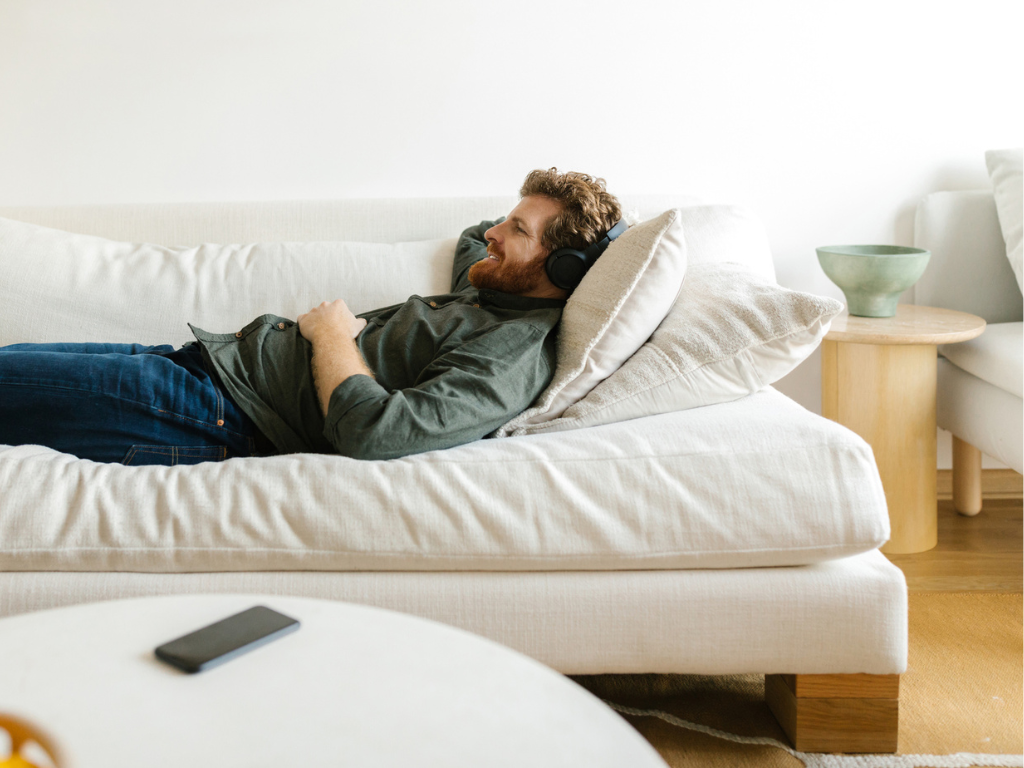Passive design refers to the use of natural elements and strategies to optimise the comfort and energy efficiency of structures, without relying heavily on mechanical heating or cooling systems. It involves utilising the natural elements, such as sunlight, airflow, and thermal mass, to create a comfortable and energy-efficient living or working space. The concept aligns with the principles of sustainable architecture and environmental responsibility.
There is a growing trend towards passive design in Australia. The climate, with its hot summers and varying regional conditions, has spurred the adoption of passive design techniques. The trend towards passive design has gained significant momentum in recent years due to several factors:
- Increasing awareness of the need to address climate change and reduce carbon footprints, which has led to a greater emphasis on sustainable building practices.
- The rising energy costs and the desire for energy-efficient homes have driven homeowners and developers to seek out passive design strategies.
Passive design refers to the use of natural elements and strategies to optimise the comfort and energy efficiency of structures

The Australian government has also played a role in promoting passive design principles. The Nationwide House Energy Rating Scheme (NatHERS) rates the energy efficiency of residential buildings, and many building codes and regulations have been updated to incorporate energy efficiency requirements. Various grants, incentives, and rebates are available to encourage the adoption of sustainable building practices, including passive design.
Window coverings play a significant role in passive design by controlling the amount of sunlight and heat entering a building.
- Thermal insulation: Specialised window coverings can enhance the insulation of windows. They reduce the heat transfer between the interior and exterior, improving the energy efficiency of the building. This reduces the reliance on heating or cooling systems to maintain a comfortable indoor temperature.
- Sunlight control: Window coverings can be adjusted to regulate the amount of sunlight entering a space. This helps in reducing glare and excessive heat gain during hot summer days, thereby preventing the need for air conditioning. During colder months, they can be opened to allow sunlight to penetrate and provide natural warmth.
- Ventilation and airflow: Window coverings can be adjusted to facilitate natural ventilation. By opening windows and coverings it is possible to control the airflow and promote cross-ventilation within a space. This helps in cooling the interior and improving air quality without relying solely on mechanical ventilation systems.
- Privacy and visual comfort: Window coverings also offer privacy by blocking the view from the outside. They prevent direct visual contact while still allowing diffused light to enter the room, creating a comfortable and private living or working environment.
Overall, the trend towards passive design in Australia reflects a broader global shift towards sustainable and energy-efficient construction practices. By incorporating window coverings as part of passive design strategies, buildings can benefit from reduced energy consumption, improved thermal comfort, and a healthier indoor environment.
As a leader in temperature regulation, Thermal Blinds and Curtains is able to help create a more sustainable living environment through the installation of our made to measure thermal window furnishings.